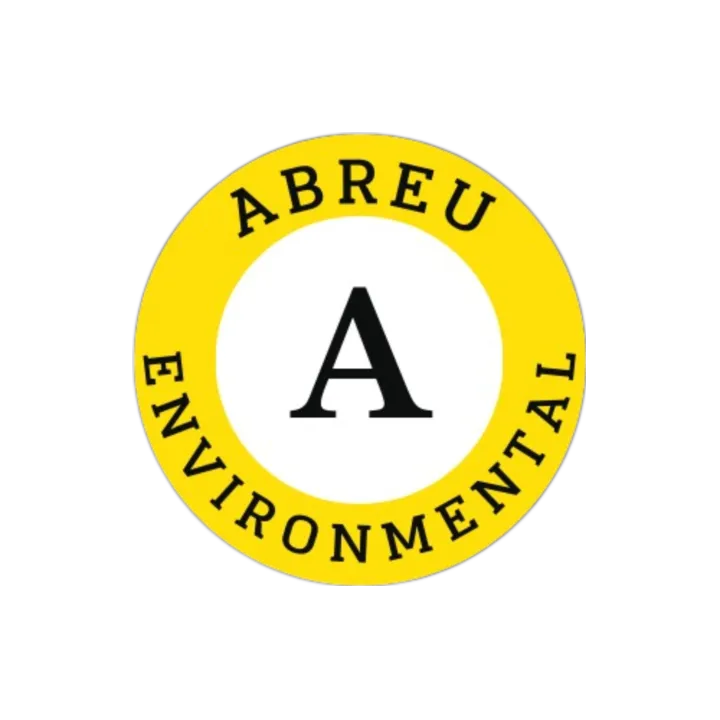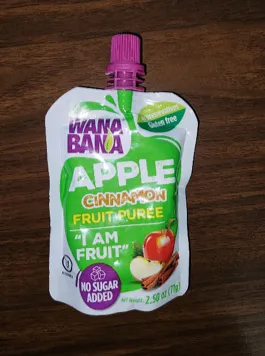Understanding the Risks of Lead Paint in Connecticut Child Daycares
As a responsible parent or caregiver, ensuring the safety and well-being of children is of utmost importance. When it comes to choosing a child day care in Connecticut, there are many factors to consider, and one critical aspect that should not be overlooked is the potential presence of lead paint.
Lead paint is a hazardous substance that was commonly used in homes and buildings prior to its ban in the late 1970s. Connecticut, like many other states, has strict regulations in place to protect children from lead exposure. However, lead paint can still be found in older buildings, including child daycares, and can pose serious health risks, especially to young children who are more vulnerable to its effects.
The effects of lead paint on children can be severe and long-lasting. Even low levels of lead exposure can cause developmental delays, learning difficulties, and behavioral problems. In fact, there is no safe level of lead exposure for children, and even small amounts of lead can have harmful effects on their developing brains and bodies.
Children can be exposed to lead paint in child day cares in various ways. Lead paint that is deteriorating or peeling can create lead dust and lead-contaminated soil, which can be ingested by children through normal hand-to-mouth behaviors. Children can also be exposed to lead paint chips or dust when playing with toys or other objects that have been contaminated with lead.
The consequences of lead exposure can be significant and long-term. Lead poisoning can cause damage to the central nervous system, resulting in cognitive impairment, learning difficulties, and behavioral issues. It can also affect physical health, leading to anemia, kidney damage, and other serious health problems. The effects of lead exposure are irreversible, and they can have a lifelong impact on a child's health and well-being.
To protect children from the dangers of lead paint in child daycares, it is crucial for parents and caregivers to take proactive steps. Here are some important measures to consider:
- Choose child day cares carefully: When selecting a child day care, inquire about the age and condition of the building. Older buildings, especially those built before 1978, may have a higher likelihood of containing lead paint. Ask the daycare about their lead testing and remediation protocols, and ensure that they comply with all relevant state and federal regulations.
- Inspect for lead hazards: If the child daycare is located in an older building, request a lead inspection or risk assessment to identify any potential lead hazards. This may involve testing paint, dust, and soil for lead content. If lead hazards are identified, the child daycare should take immediate steps to address and mitigate them.
Contact Abreu Environmental to request a lead inspection or risk assessment.
- Promote good hygiene practices: Encourage children and staff to practice good hygiene, such as washing hands regularly with soap and water, especially before eating and after playing outdoors or with toys. This can help reduce the risk of lead ingestion from contaminated hands or objects.
- Stay informed and engaged: Stay updated with the latest information on lead paint and its risks. Educate yourself about the signs and symptoms of lead poisoning, and communicate regularly with the child day care about any concerns or questions you may have. Advocate for regular lead testing and appropriate remediation measures in your child's daycare and other facilities they may frequent.
- Seek medical attention if needed: If you suspect that your child has been exposed to lead paint or is showing signs of lead poisoning, seek immediate medical attention. A blood lead level test can determine if your child has elevated lead levels and appropriate medical care can be provided.
In conclusion, lead paint can pose serious risks to children's health, and it is crucial to be vigilant when choosing a child daycare in Connecticut. By taking proactive measures, staying informed, and advocating for lead paint safety.




